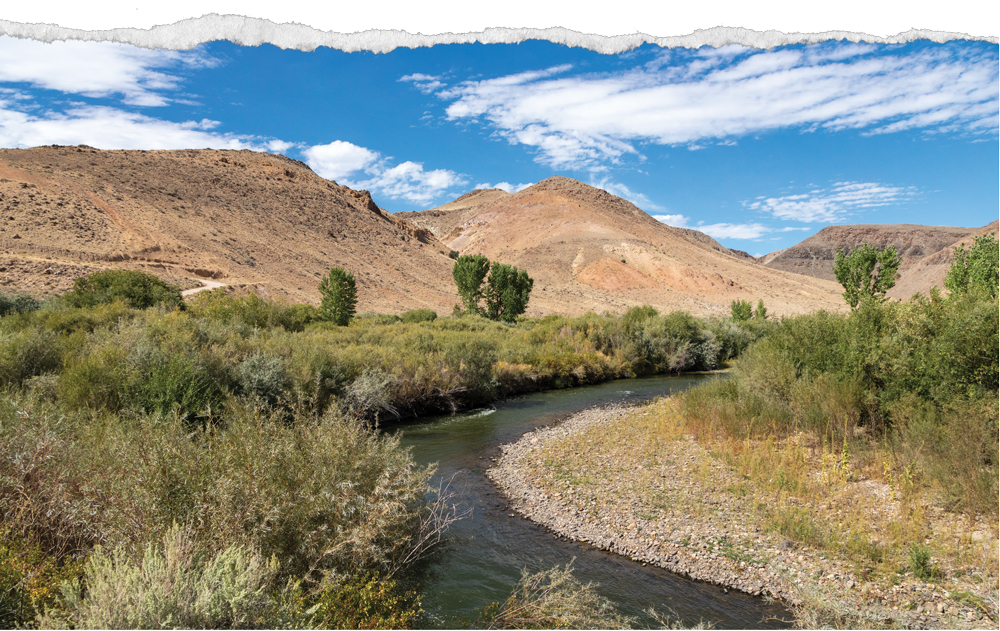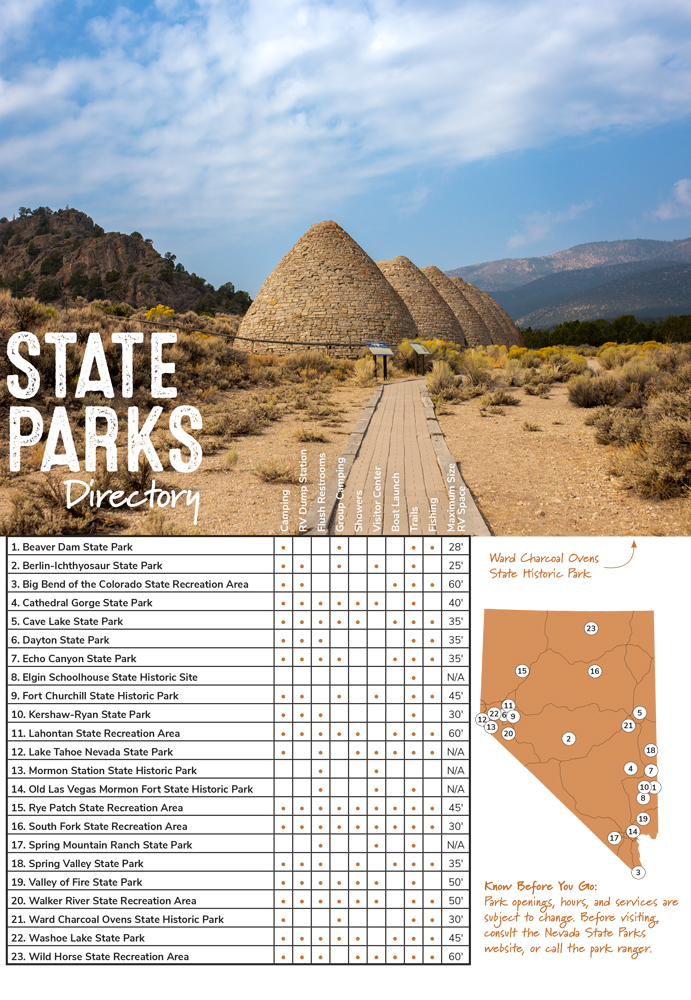Nevada’s State Parks
Summer 2022
Escape the crowds and find adventure in Nevada’s backcountry.
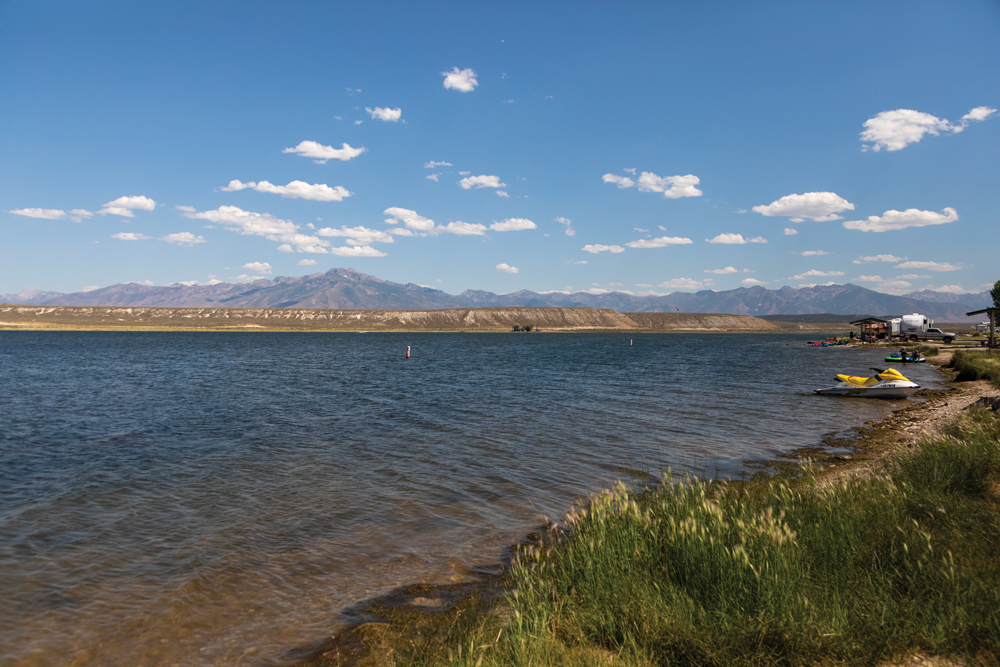
One of the lures of Nevada’s wide-open spaces is the ability to find a bit of solitude in a busy world. Sometimes finding that outdoor quiet requires long treks and dirt roads—not that there’s anything wrong with that! But sometimes, that quiet escape can be found just off the highway. No matter your choice, if you’re looking to go where the crowds aren’t, look no further than these naturally socially-distanced state parks.
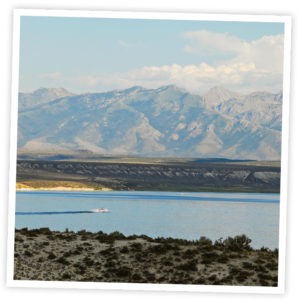
SOUTH FORK STATE RECREATION AREA
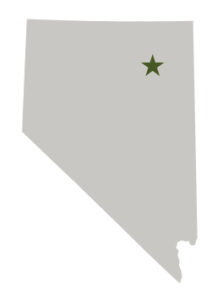 The South Fork Valley, rich with vegetation and a consistent supply of water from the Upper Humboldt River, enticed settlers in 1867. Located about 18 miles south of Elko with the majestic Ruby Mountains as backdrop, the setting is as picturesque as you’ll find. And since the construction of the South Fork Dam in 1988, the valley has boasted a 1650-acre reservoir that beckons water-sports enthusiasts and anglers alike.
The South Fork Valley, rich with vegetation and a consistent supply of water from the Upper Humboldt River, enticed settlers in 1867. Located about 18 miles south of Elko with the majestic Ruby Mountains as backdrop, the setting is as picturesque as you’ll find. And since the construction of the South Fork Dam in 1988, the valley has boasted a 1650-acre reservoir that beckons water-sports enthusiasts and anglers alike.
Known for its trophy-sized trout—along with catfish and bass—South Fork just begs to be fished by boat or along its ample shores. The abundant wildlife draws wildlife enthusiasts year-round. Everything from mule deer, badgers, beavers, and waterfowl call the valley home and are easily spotted throughout the park.
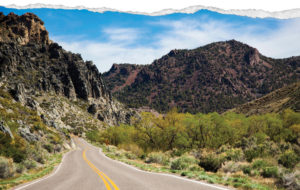
SPRING VALLEY STATE PARK
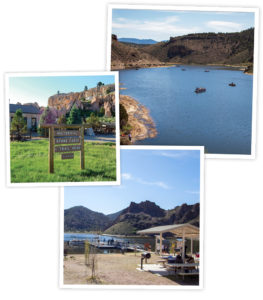
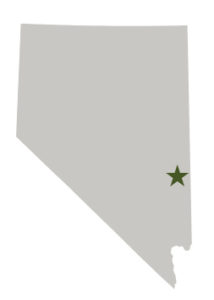 The 65-acre Eagle Valley Reservoir at Spring Valley State Park offers space for boaters and swimmers in the summer, and fishermen have plenty of room to angle for rainbow, tiger, and German brown trout, even in winter; ice fishing is big at the lake. Regardless of the time of year, hiking on the trail around the reservoir is a great way to take in the valley that has seen settlement since 5500 BC.
The 65-acre Eagle Valley Reservoir at Spring Valley State Park offers space for boaters and swimmers in the summer, and fishermen have plenty of room to angle for rainbow, tiger, and German brown trout, even in winter; ice fishing is big at the lake. Regardless of the time of year, hiking on the trail around the reservoir is a great way to take in the valley that has seen settlement since 5500 BC.
There’s ample room for camping at Horsethief Gulch Campground’s 37 sites, and the Ranch Campground—a couple miles north—has seven sites. Near the day-use area, you can find a boat launch. Head back into the canyon past the reservoir to see an old Mormon stone cabin, and poke around the ranches built in the 1800s.
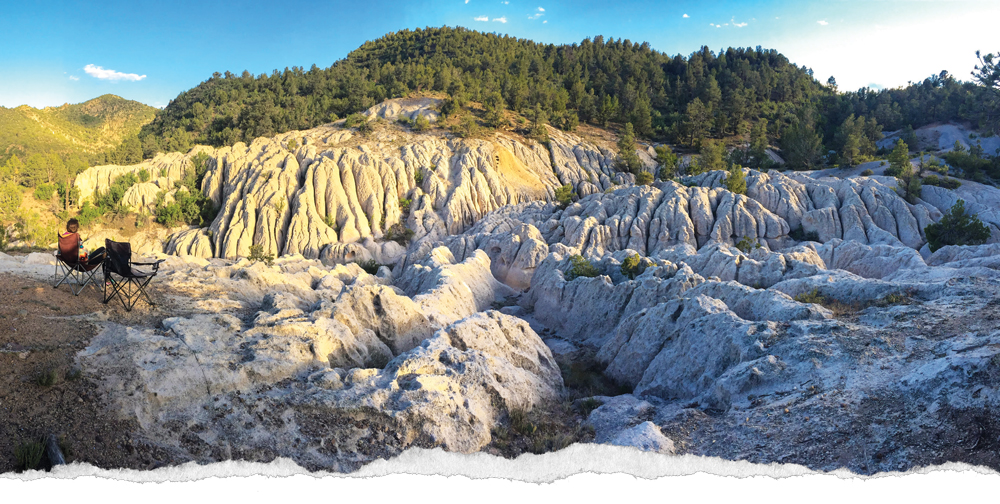
BEAVER DAM STATE PARK
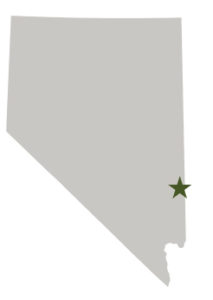
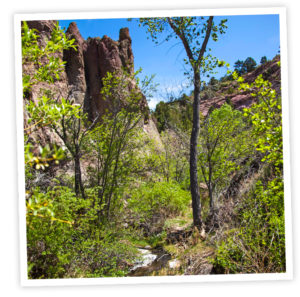 Beaver Dam State Park holds a couple of notable distinctions. It’s one of Nevada’s first state parks—designated in 1935—and it’s also the most remote park in Nevada. It’s a 26-mile graded dirt trek off U.S. Route 93 to visit this rustic, almost-hidden gem. If you’re searching for solitude, this is your park.
Beaver Dam State Park holds a couple of notable distinctions. It’s one of Nevada’s first state parks—designated in 1935—and it’s also the most remote park in Nevada. It’s a 26-mile graded dirt trek off U.S. Route 93 to visit this rustic, almost-hidden gem. If you’re searching for solitude, this is your park.
In 1849, pioneers were looking for a shortcut to California’s Gold Rush when they came upon Beaver Dam Wash’s imposing canyons and gorgeous valley. One family settled down, and a few remnants of their homestead still can be found today.
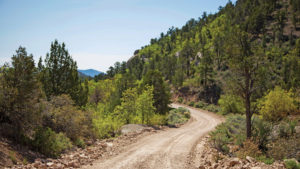 Structures built by the park’s namesake are easily spotted, in addition to so much wildlife the park has been designated a Watchable Wildlife Area. Camping and hiking are seriously advised; if you’re going to take the trouble to get here, stay a while and experience one of the many trails in the area leading to sweeping overlooks, waterfalls, and a warm spring. Don’t forget to bring a fishing rod for the rainbow trout living in the streams—and, of course, your camera.
Structures built by the park’s namesake are easily spotted, in addition to so much wildlife the park has been designated a Watchable Wildlife Area. Camping and hiking are seriously advised; if you’re going to take the trouble to get here, stay a while and experience one of the many trails in the area leading to sweeping overlooks, waterfalls, and a warm spring. Don’t forget to bring a fishing rod for the rainbow trout living in the streams—and, of course, your camera.
As always, call the park office before heading out to check on road conditions.
DAYTON STATE PARK
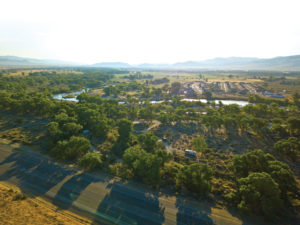
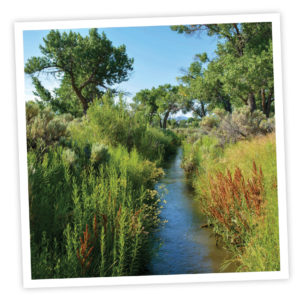
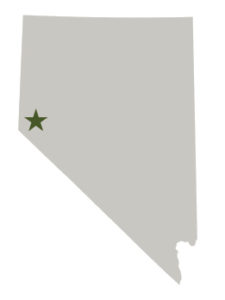 Dayton State Park’s 160 acres are perfectly situated in one of Nevada’s oldest settlements, but there does seem to be a little location confusion. The park lives on both sides of Highway 50, and while it was once right on the Carson River, the flood of 1997 shifted the riverbank to the east, away from the park.
Dayton State Park’s 160 acres are perfectly situated in one of Nevada’s oldest settlements, but there does seem to be a little location confusion. The park lives on both sides of Highway 50, and while it was once right on the Carson River, the flood of 1997 shifted the riverbank to the east, away from the park.
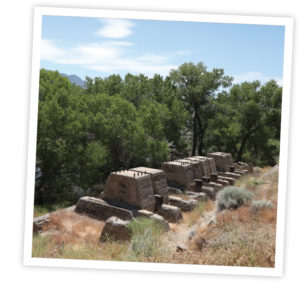 On the west side of Highway 50, you’ll find the remains of Rock Point Mill, which was built in 1861 to process ore from the nearby Comstock Lode. The main park is on the east side of the highway, and here you’ll find 10 campsites large enough to accommodate 34-foot-long RVs, a beautiful picnic area with group-use facilities, and two trails. One trail wanders along the Carson River; the other goes under the highway to the mill ruins.
On the west side of Highway 50, you’ll find the remains of Rock Point Mill, which was built in 1861 to process ore from the nearby Comstock Lode. The main park is on the east side of the highway, and here you’ll find 10 campsites large enough to accommodate 34-foot-long RVs, a beautiful picnic area with group-use facilities, and two trails. One trail wanders along the Carson River; the other goes under the highway to the mill ruins.
The park opened in 1979, and today it’s a lightly-used gathering place for families looking for a place to play amid the myriad cottonwood and willow trees.
RYE PATCH STATE RECREATION AREA
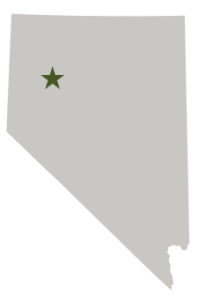
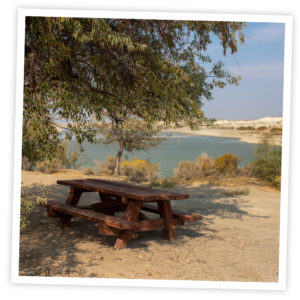 Rye Patch State Recreation Area is the sole state park in Pershing County, but this beauty can hold its own. Established in 1971, the focus of the park is the reservoir, which stretches 22 miles across the recreation area with a whopping 72 miles of shoreline.
Rye Patch State Recreation Area is the sole state park in Pershing County, but this beauty can hold its own. Established in 1971, the focus of the park is the reservoir, which stretches 22 miles across the recreation area with a whopping 72 miles of shoreline.
Rye Patch is highly dependent on annual precipitation, so the park’s offerings change year-by-year. In high-flow years, swimmers, fisherman, water skiers, and boaters enjoy the splashy splendor of this oasis in the desert. Without high flows, the park can be sparsely populated with campers and fishermen enjoying a still-beautiful, quiet stay.
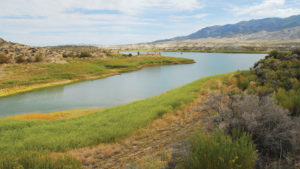
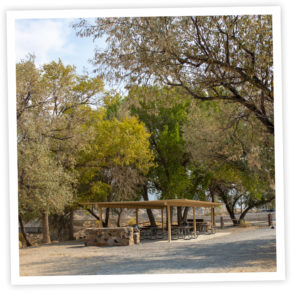 The park has two campgrounds with 47 sites and two day-use picnic areas. A boat launch on the west side supports year-round fishing. Fish to be found include wipers (a cross between a white bass and a striped bass), white bass, channel catfish, black bass, crappie, and walleye. Three short hiking trails showcase the desert shoreline.
The park has two campgrounds with 47 sites and two day-use picnic areas. A boat launch on the west side supports year-round fishing. Fish to be found include wipers (a cross between a white bass and a striped bass), white bass, channel catfish, black bass, crappie, and walleye. Three short hiking trails showcase the desert shoreline.

WALKER RIVER STATE RECREATION AREA
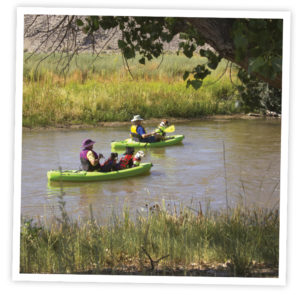
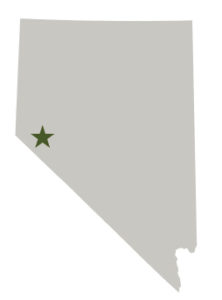 Walker River State Recreation Area—Nevada’s newest state park—is home to the usual assortment of scenic splendor, recreational activities, and abundant wildlife. At more than 12,000 acres, it is Nevada’s fourth largest state park. The main entrance is at the Pitchfork Ranch, about 10 miles south of Yerington. From that point, it extends nearly 29 miles south along the East Walker River, giving room for everyone to have an almost-solo experience.
Walker River State Recreation Area—Nevada’s newest state park—is home to the usual assortment of scenic splendor, recreational activities, and abundant wildlife. At more than 12,000 acres, it is Nevada’s fourth largest state park. The main entrance is at the Pitchfork Ranch, about 10 miles south of Yerington. From that point, it extends nearly 29 miles south along the East Walker River, giving room for everyone to have an almost-solo experience.
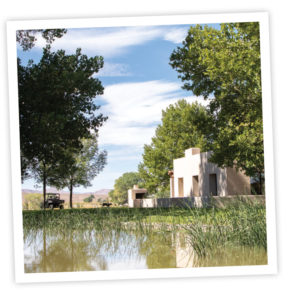
Park headquarters are at the Pitchfork complex, featuring a visitor center and shaded picnic areas. A pond is used for kayak and water-safety training, and the park provides the equipment for the class. Kayakers with their own gear can take advantage of more than 5 miles of kayak run. There are 16 dry campsites suitable for tents or RVs, each with a shaded table and fire pit. Both pull-through and back-in sites are available, and bathrooms and free shower facilities are available, as is a 7-mile wilderness trail.
